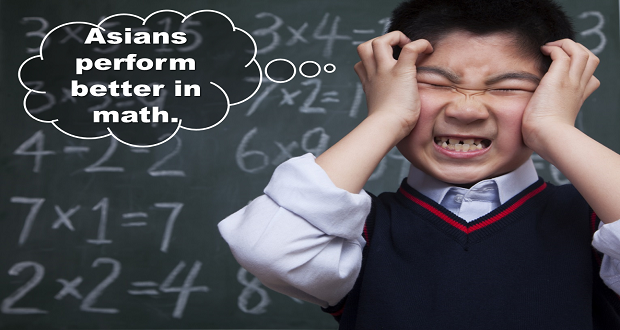
As we conclude the series on stereotype threats, I thought it would be important to explore the so-called “good stereotypes”. In this series we have talked about a stereotype threat being the risk of confirming a negative stereotype about one’s identity group. I shared research from Claude Steele and others on the impact stereotypes have on performance. For example girls perform less well on math tests when they are under the stereotype threat. When it is taken away, male/female performance differences disappear.
So if the logic is that negative stereotypes can impair performance, does it follow that a positive stereotype about a group would actually improve performance? On the surface, it seems to make sense and in fact, the research shows if you remove the stereotype threat, performance improves.
Not so fast though. There is an important caveat and that is a stereotype is a stereotype. Let’s take the common stereotype of “Asians perform better in math”. If I am an Asian and believe that, it should boost performance. But what about the Asian who is not good in math, who does not fit the stereotype? I remember many years ago a colleague relating a story that her Asian son, in fact, did not fit the good at math stereotype and it actually caused such anxiety that it resulted in even worse outcomes.
Asians have been dubbed as “the model minority”. Frank Wu, in his book Yellow contends, the model minority myth hurts Asian Americans because it is “two-faced”. For every attractive trait there is an unattractive contrast. For example, to be gifted in math and science means that you are not creative, and probably lack leadership and interpersonal skills. Asians are stereotyped as polite. The other side of the polite stereotype is “submissive” and not willing to speak up for oneself.
As another example, consider a six foot five African American high school male who is constantly asked, “Do you play basketball?” Well yes, but he was not necessarily a natural athlete. However, he was valedictorian and went on to graduate from two Ivy League schools. The threat of not living up to the “good in sports” so called positive stereotype, and never being asked about academic performance, took its toll that manifested as insecurities and a lack of self-confidence that has taken years to restore.
I hope that you have gained some insights from this series and have concluded as I have that the threat of the stereotype is just as damaging that the stereotype itself.


















